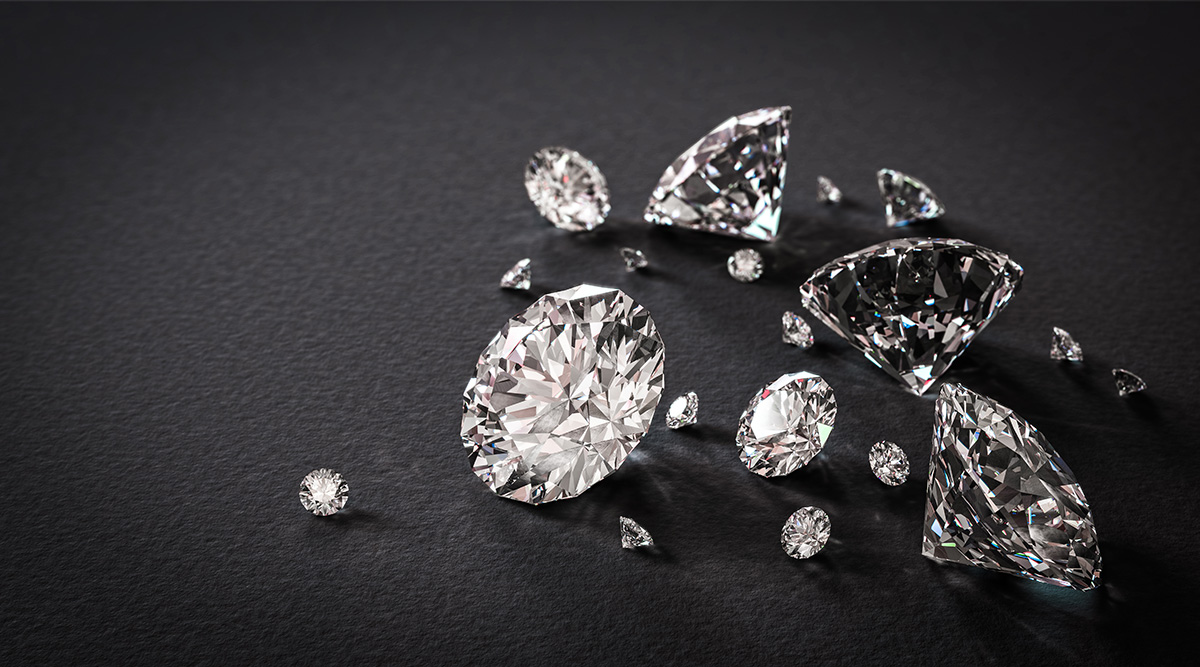The Reality of Blood Diamonds
Blood diamonds, also known as conflict diamonds, are mined in war zones and sold to finance armed conflict against governments. These diamonds are often extracted under inhumane conditions, where workers, including children, are subjected to forced labor, violence, and exploitation. The trade of blood diamonds has fueled civil wars, particularly in African nations such as Sierra Leone, Angola, and the Democratic Republic of Congo. Despite international efforts to curb the blood diamond trade, many of these gems still find their way into the global market, often without consumers realizing their true origins.
Ethical Concerns Surrounding Blood Diamonds
The blood diamond industry has long been associated with human rights abuses. Miners in conflict zones are often forced to work in dangerous conditions without proper safety measures, leading to severe injuries and fatalities. Additionally, the sale of blood diamonds funds violent groups that perpetuate war and suffering. Even though the Kimberley Process Certification Scheme was established to prevent blood diamonds from entering the legitimate market, loopholes still exist, allowing conflict diamonds to be smuggled and sold as legitimate gems. These ongoing ethical concerns have led many consumers to seek alternatives, such as lab-grown diamonds, which provide a conflict-free option.
The Environmental Impact of Blood Diamonds
The environmental damage caused by blood diamond mining is devastating. Large-scale mining operations result in deforestation, soil erosion, and water pollution. Many rivers in mining regions are contaminated with toxic chemicals, leading to the destruction of aquatic life and harming local communities that rely on these water sources. The extraction process also contributes to habitat destruction, threatening the survival of various plant and animal species. In contrast, lab-grown diamonds have emerged as an eco-friendly alternative that significantly reduces environmental harm.
The Rise of Lab-Grown Diamonds
Lab-grown diamonds are rapidly gaining popularity as a sustainable and ethical alternative to blood diamonds. These diamonds are created using advanced technological processes that replicate the natural conditions under which diamonds form. Unlike blood diamonds, which are often linked to violence and exploitation, lab-grown diamonds are produced in controlled environments, ensuring that they are free from conflict. As awareness grows about the negative impact of blood diamonds, more consumers are opting for lab-grown diamonds due to their ethical and sustainable nature.
The Science Behind Lab-Grown Diamonds
Lab-grown diamonds are produced using two primary methods: High Pressure High Temperature (HPHT) and Chemical Vapor Deposition (CVD). The HPHT process mimics the intense pressure and heat found deep within the Earth’s crust, while the CVD method involves the use of carbon-rich gases to form diamond layers. These technological advancements ensure that lab grown diamonds are chemically, physically, and optically identical to natural diamonds. Unlike blood diamonds, which have a history of conflict, lab-grown diamonds offer a transparent and responsible sourcing process.
Cost Comparison: Blood Diamonds vs. Lab-Grown Diamonds
One of the major advantages of lab-grown diamonds is their affordability compared to blood diamonds. Traditional mined diamonds, especially blood diamonds that pass through multiple hands before reaching the market, come with inflated prices. The mining, transportation, and ethical risks associated with blood diamonds contribute to their high cost. On the other hand, lab-grown diamonds eliminate many of these factors, making them significantly more affordable. Consumers can purchase a lab-grown diamond that is identical in quality to a mined diamond at a fraction of the cost.
Consumer Preference for Lab-Grown Diamonds
As awareness of the dark side of blood diamonds grows, consumer preferences are shifting toward lab-grown diamonds. Many jewelry brands and retailers now offer lab-grown diamonds to meet the increasing demand for ethical and sustainable options. Millennials and Gen Z consumers, in particular, are driving this change, prioritizing social responsibility and environmental sustainability when making purchasing decisions. The shift away from blood diamonds signals a growing movement toward ethical consumption in the jewelry industry.
The Future of the Diamond Industry
With technological advancements and a shift in consumer mindset, the future of the diamond industry appears to be leaning toward lab-grown diamonds. Governments and organizations continue to push for stricter regulations to eliminate blood diamonds from the market, but challenges remain. As more people recognize the benefits of lab-grown diamonds, demand for blood diamonds is expected to decline. The transition to lab-grown diamonds not only ensures ethical sourcing but also paves the way for a more sustainable and transparent jewelry industry.
Conclusion
The dark history of blood diamonds highlights the urgent need for ethical alternatives. Blood diamonds have fueled violence, human rights abuses, and environmental destruction for decades. Despite efforts to regulate the industry, many conflict diamonds still enter the market. Lab-grown diamonds provide a responsible and sustainable solution, offering the same beauty and brilliance as mined diamonds without the ethical and environmental concerns. As consumers become more informed about the impact of their choices, lab-grown diamonds are set to redefine the jewelry industry, ensuring a future free from the atrocities linked to blood diamonds.

